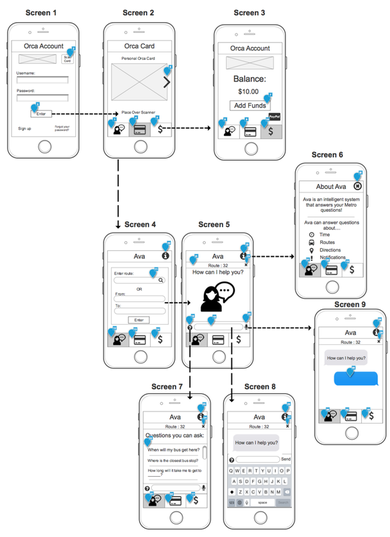Hardware Research
Creating Amazing Products
I spent 2 years at Microsoft as a User Research Associate (through Harman Connected Services). In my role, I learned how to conduct User Studies with the Human Factors Lab including both user attributes and product interactions, and then collect, analyze and visualize said data. Human Factors is part of the Industrial Design Studio, where we help develop a variety of hardware devices! It’s been really interesting working with amazing people and learning about how to develop products that really focus on creating great experiences for people. People are all shapes and sizes, and the products we create should be great to use for all of them.
Beyond the experience, User Research is my favorite part of the design process. Adequate research and testing must be conducted to ensure product development goes smoothly. As creators, we have a responsibility and the opportunity to bring solutions to our users, and the only way we can accomplish that is by understanding their unique needs.
Note: Due to NDAs, privacy, and working on unreleased products, much of my work cannot be disclosed publicly. I’d be happy to talk about skills that can be applied to future projects.
Building Next Gen Hololens
Though I worked on a variety of Surface Products, my primary focus was on HoloLens. For these projects, I would design & conduct the study, then analyze and present the data to engineering and design teams. Some of the projects I did include:
Visual & Vestibular Comfort
Thermal Analysis
Fit & Sizing of various Head Mounted Devices
Weight Analysis
Software & Augmented Reality Usability
My process involved working with the team to determine what the product needs were, developing a variety of prototypes, creating the study plan, recruiting relevant participants with a deep focus on ensuring historically excluded populations were consistently included, moderating the study and conducting sessions, then analyzing the data and presenting it, especially focused on identifying key issues and developing product recommendations, to design and engineering teams.
Other Work includes:
Surface Duo, Laptop & Keyboard
Collecting & Analyzing 3D Scans
Past Hardware Projects
See more here:
Future Projects
Things I want to make:
Building healthy mixed reality communities to improve civic engagement
Creating Head Worn Devices for people of a variety of shapes and sizes
Making accessible technology for people with disabilities







